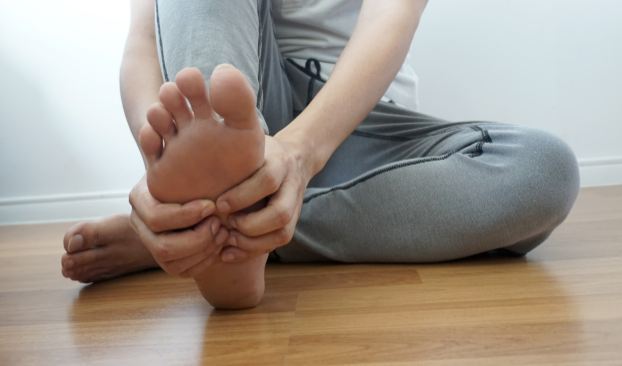Your body’s circulation system is an important part of your health. It sends blood, oxygen, and nutrients throughout your body to make sure that your cells function properly. Poor circulation comes from reduced blood flow in a particular part of your body and it is most common in your legs and arms. It is usually a result of some underlying condition such as obesity, heart disease, or diabetes.
It is important to recognize poor circulation so that you can go to the doctor for a checkup. Your doctor will make sure that you are healthy and help you come up with a plan to improve your circulation. Continue reading to determine how to tell if you have bad circulation.
Your Arms or Legs Are Tingling, Numb, or Cold
When you have bad circulation, you are most likely to notice it in your extremities first, including your arms and legs. You might feel a tingly sensation that is often referred to as pins and needles. Your arms or hands might feel numb or they might be cold.
Your blood flows at a particular rate to keep your cells healthy and functional. When you have poor circulation, you will notice that your extremities suffer first. Don’t ignore symptoms such as tingling, numbness, or coldness in your extremities because you should have it addressed by your doctor.
You Have Swelling in Your Lower Extremities
Your body is made up of mostly water, which is used to transport blood cells, nutrients, and oxygen throughout your body. When you have poor circulation, it can lead to edema, which is swelling from an accumulation of fluid. This often happens in your legs, ankles, and feet. It happens when blood collects in those areas and it can also be a sign of heart failure if your heart is unable to circulate enough blood through your body.
You should have it checked by your doctor if you notice unexplained swelling in your legs, ankles, and feet. It may be something uncomplicated but you need to rule out more serious conditions. Your legs might feel heavy and swollen, and your skin may feel tight and warm. You could even have some pain in the area. This is all a sign of bad circulation.
Look for Skin Color Changes
Another result of bad circulation is that you don’t get enough arterial blood to your body’s tissues. Your skin can actually change color and become pale or even blue. You might find skin discoloration in your nose, lips, ears, nipples, hands, or feet. If you notice any of these body parts changing color, you should make an appointment to find out if you have a condition that is causing bad circulation.
There are other symptoms of bad circulation to look out for, including cognitive dysfunction such as memory loss or difficulty concentrating. This comes from a lack of blood flow to your brain. You might suffer from digestive problems as well, including constipation, cramping, and diarrhea. You might suffer unusual fatigue because your body is working too hard to get blood through to all of the places that need it.
Bad circulation is something that you should try to get to the bottom of and it could be an easy fix. Your doctor will be able to diagnose the cause and recommend a course of treatment. There is no reason to live with the discomfort of heavy swollen legs or tingly extremities, and sometimes the symptoms are even more uncomfortable. If you notice any of the symptoms above, you should see your health care professional.
Determining that you might have bad circulation is not too difficult because it usually leads to this numb, tingly feeling in your arms and legs. You will notice it and it can be uncomfortable. Your doctor will help you treat the underlying cause.
Related Articles
